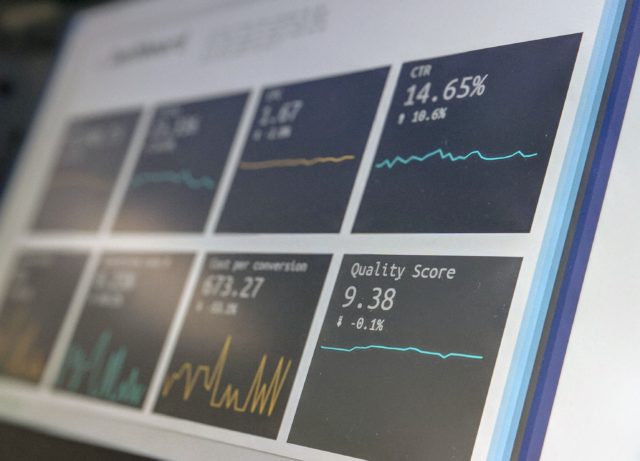Travis Dodge
There has always been data in one form or another. Businesses can measure advertising reach, sales numbers, product inventory, and so on. With the rise of the internet and social media, there is even more data to contend with…
How many people are your posts reaching? How many leads are you capturing? Which social media networks are seeing the most engagement? What types of posts foster the most interaction?
We can measure everything, from the length of sales calls to cart abandonment rates, email CTR to employee engagement…
Such data is great for goal setting: double Facebook likes, increase sales by 5%, improve response rates on social media or customer service chats. When you have numbers to work with, you can always aim to make those numbers better.
All these figures, however, are only part of the story. What conclusions can data bring us to? How will we use data to guide our future?
Even more importantly, what’s in between the numbers? What’s driving them?
What is the story with your employees, customers, prospects, or anything else you’re collecting data about?
Numbers alone cannot express the emotion of even a simple narrative – like working in a historic building as part of employee satisfaction.
There is a saying in the non-profit/grant writing world: “No stats without stories and no stories without stats.”
You can’t have a complete picture without both sides. The data is quantitative, the stories are qualitative. You can measure how many people click your ad – but you can’t really put numbers to how they feel about it.
Narrative provides a way to relate to data. It connects the raw figures to all the nuance of people. Numbers by themselves (although they’re something to be proud of) are cold. They tell you what’s happening, but they don’t necessarily explain WHY.
For example, you start a YouTube channel and want to monetize the content. You constantly keep track of views, how long people are watching, subscribers, and all that other data that’s conveniently presented…
But what does it actually mean? What is the story behind the numbers?
You can see which videos are doing the best, but you also have to understand why they resonate with people, what value the viewers are getting, how your videos make people feel…
THAT information is what will allow you to keep growing your numbers, not just leveraging raw data to focus on your best performing material.
Some of this stuff is measurable too, of course, but not quite in the same way.
Finding stories to connect numbers comes from actually speaking with people, pouring through online comments for trends, looking at your reviews with honesty and self-awareness… Building stories means talking with staff about their lives and how it affects their work – not just looking at their performance numbers.
Check out this guide from the United Nations Economic Commission for Europe about putting data and stories together.
Another example: pairing an increase in Facebook likes with a narrative helps to paint the whole picture. A law firm may see their likes increase – which is great – but digging deeper, they see that the majority show up at the beginning of the week.
A possible story behind this is that things happen over the weekend, and people seek legal information at the beginning of the week. This story, then, is a reason to increase advertising efforts on the weekend. If those ads perform well, you’ll have new data that helps confirm the story. It’s a loop, a cycle…
Data gives you a glimpse at a story, you follow the story and confirm it with more data.
You know how to capture data. There are tools of all kinds to gather information about clicks and purchases and billable hours.
Capturing stories is more difficult… It takes reaching out to customers and clients to truly understand where they’re coming from and what drives their behaviors. It takes patience and diligence.
You have to read between the lines of what people say, look for trends AND individual experiences. You have to explore the emotional context of the raw data you collect to truly understand what the numbers mean.
Data tells you what. Stories tell you why. Together, they are the whole picture of… Whatever it is you’re measuring.
Want to learn more?
[su_button url=”https://longerdays.com/2018/01/01/take-a-tour-of-our-features/” target=”blank” style=”flat” background=”#2F6690″ size=”10″ center=”yes” radius=”6″]Take a tour of our features![/su_button]

